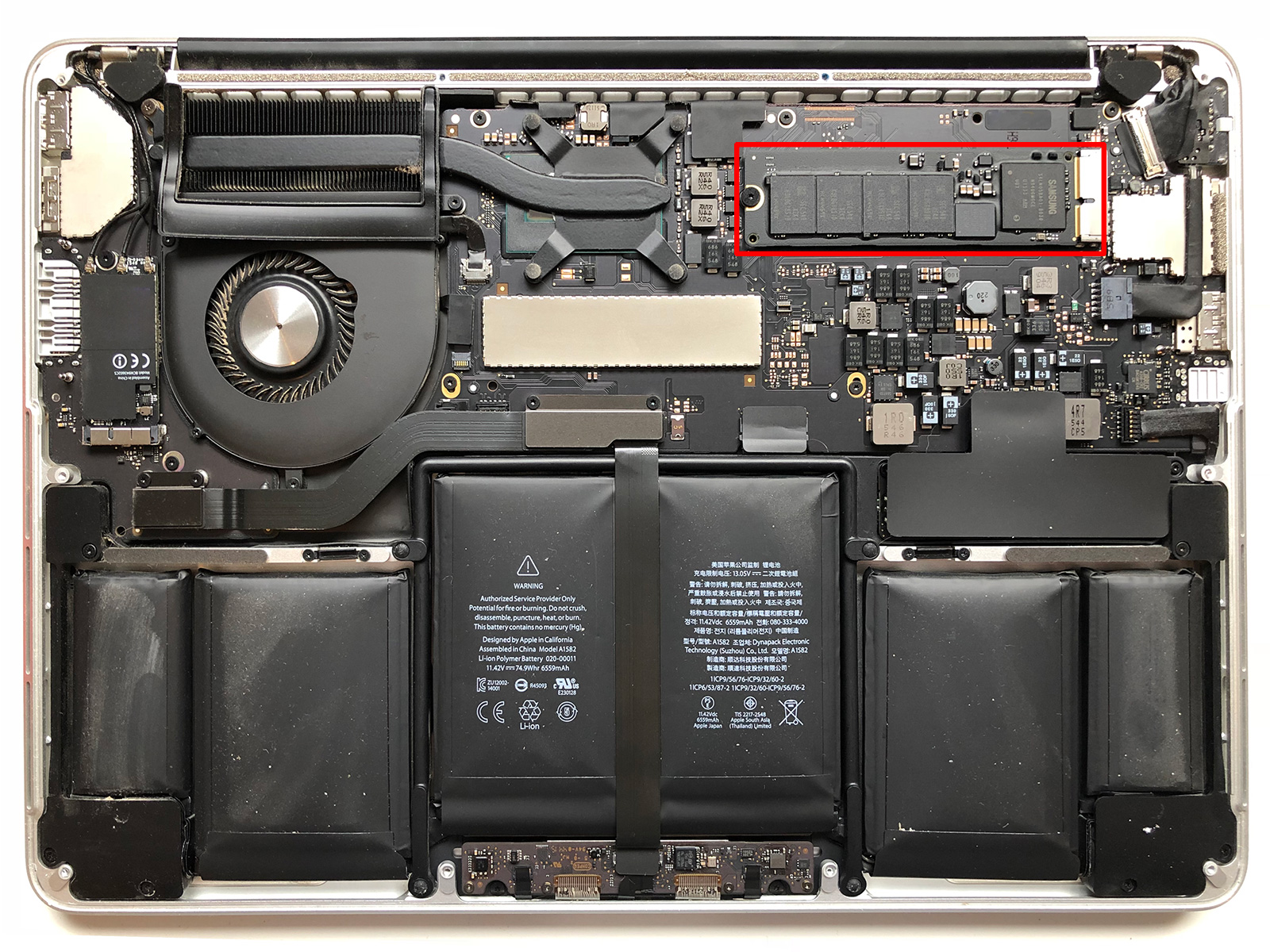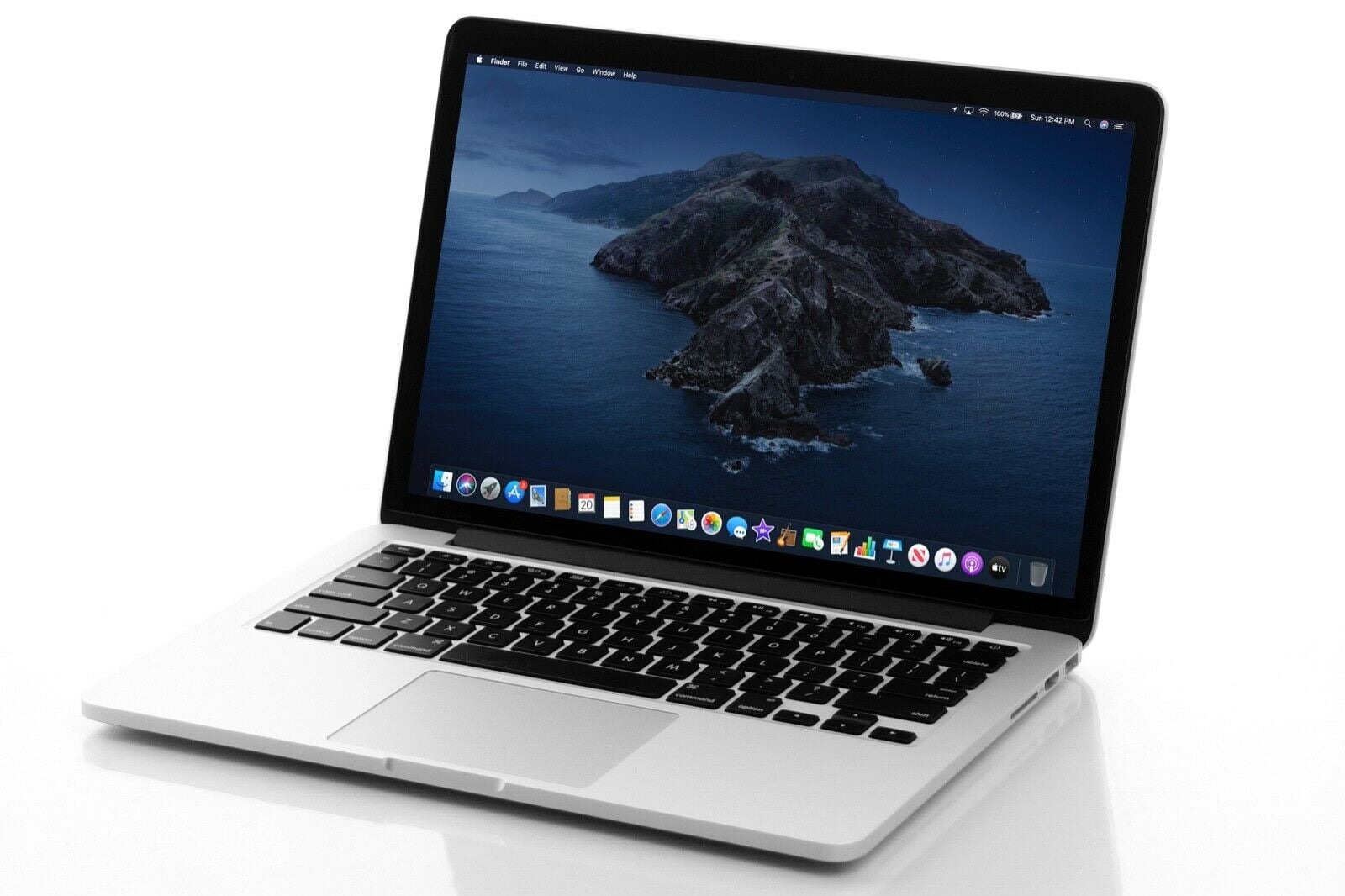
John Brawley wrote: We are shooting in Miami. They are about the same data rate per min. The massive success of the pocket cinema cameras is down to BRAW.īy the way I use the 12K alongside the Alexa Mini LF ProRes 444 files. If Apple can't make it work, most BMD customers don't want that frustration either. This "purist" idea of uncompressed really is only practical in a very small set of shooting circumstances. How do you push 6 hours of uncompressed DNG over even a high speed connection each night? Because three, sometimes four cameras shooting two hours each a day in footage quickly swamps a production. And the future is only more K's.Īnd before you say you don't need any more than 4K, there are other advantages to larger than delivery resolution acquisition.īMD had to do compression to deal with higher resolution sensors that offer other advantages (like no cropping at different resolutions) and to optimise playback on even modest computers.


You can see that about 4-5 years ago, when DNG got dropped is also when they started working on larger than 6K sensors. It's totally impractical and exceeds even todays current media and processing. 80MP uncompressed at 60 FPS? Someone do the maths per second on that. Imagine what kind of media would even work in that scenario. The biggest issue though is imagine a 12K sensor that records uncompressed. It has a ceiling that you're already up against when shooting 4K. Most long form shows shoot some form of compression, RAW or encoded. cDNG is the same file with timecode and audio.ĭNG is totally horrible as a workflow. DNG by the way is really just a TIFF file with some metadata. Ryan Earl wrote:I'll take it if there is no other 12-Bit option. I could take a news shot and have it on the wire is less that an hour. I hauled one of these cameras around in the 1990s, a bit awkward and heavy, but you could get images in the wire faster than any scanning system in use then. This camera was later developed into a SLR based on the Nikon F series, with the Kodak image sensor and processor stuck in an oversized motor drive enclosure under the camera, doubling its height. Nikon challenged RED to f*ck around and find out.Īctually that camera was a Kodak/Nikon joint project, Kodak provided the sensors and data processing was a joint venture, I believe.

RED may be infringing on Nikon patents for even basic image acquisition and processing. Even though RED filed for RAW patent in 2007, there are tons of other imaging patents as to how sensors process data, etc, and Nikon owns a bunch of patents. Nikon NASA F4 Electronic Still Camera in 1987 was one of the first digital cameras.

John Brawley wrote:Red have sued everyone that tries this. Wolowitz held patents in the field of plastic credit cards, having thought of using plastic cards with raised letters and a machine that could transfer these letters to credit forms, along with the price of the goods purchased." It seems most don't view RED as the 'inventor' of anything here. William Wolowitz had invented both the 'credit card' as we know it and an erasing typewriter ribbon and had both stolen by large companies. Though it seems unfair for them to pursue others. The market is so unscrupulous that I imagine someone would go after them had they not patented it. Their yearly revenue must be a tiny fraction of Apple's. So I suppose RED are at least protecting their interests relative to a much larger company like Apple. Large companies tend to take the tech anyway and start selling it no matter who invented it. Robert Niessner wrote:Just imagine if someone could have had got a trivial patent on storing compressed video internally in cameras in the past - we would have had no consumer video camera market at all - except for the one company.


 0 kommentar(er)
0 kommentar(er)
